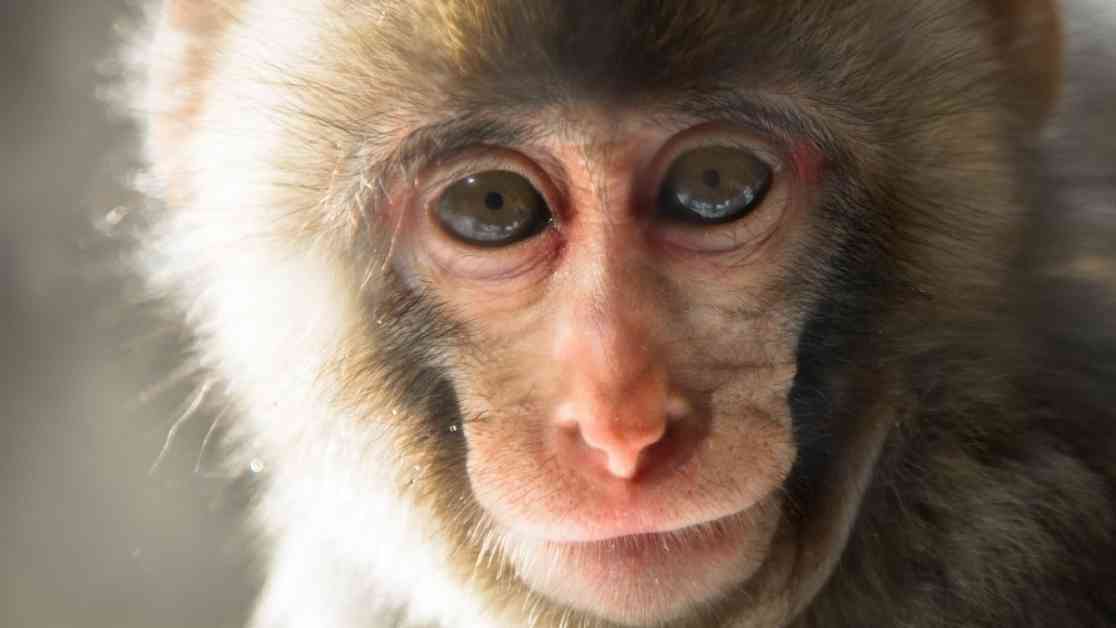Scientists have successfully repaired a hole in a monkey’s retina using a patch made from human stem cells. This groundbreaking achievement, detailed in a study published in the journal Stem Cell Reports, represents a significant advancement in retinal transplantation. The retina, a crucial layer of light-detecting cells at the back of the eye, can be damaged by various conditions, leading to vision loss and blindness. Traditional treatments involve moving part of the patient’s own retina, which can result in blind spots and peripheral vision loss.
The focus of this study was on repairing a macular hole, a rare condition that affects central vision and sharp focus. Macular holes occur when the jelly-like substance inside the eye pulls away from the retina, causing tears. While most cases can be surgically treated, some patients are left with blurred vision or blind spots. Dr. Michiko Mandai and her team at the Kobe Eye Hospital in Japan have been working on developing miniature retinal organoids from stem cells for years. These organoids, derived from stem cells that can develop into any tissue in the body, are sheets of light-detecting cells.
In a unique opportunity, researchers discovered a macular hole in a Japanese macaque and transferred the monkey to Mandai’s lab for surgery. Using a retinal sheet grown from human stem cells, the team successfully patched the monkey’s retina, leading to improved visual performance post-surgery. While there was a mild rejection of the patch four months after the surgery, it was resolved with steroid injections. The researchers found new visual cells in the monkey’s eye six months post-surgery, indicating progress in visual function.
The team is now exploring the potential of using retinal organoids to treat other conditions. In a recent clinical trial, the sheets were used in human patients with retinitis pigmentosa, a genetic condition causing vision loss. The grafts safely integrated into the patients’ retinas, slowing down vision loss progression. Additionally, the team is investigating the functionality of transplanted retinal tissue in animals to understand if the transplants can support working cells.
This innovative research by Dr. Mandai and her team offers hope for individuals suffering from retinal conditions and paves the way for future advancements in vision restoration. The potential of stem cell-based therapies in treating eye diseases is a promising area of study that could revolutionize vision care in the coming years.










